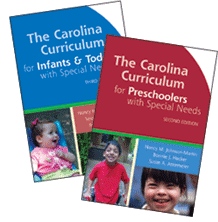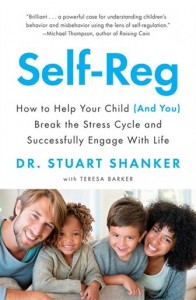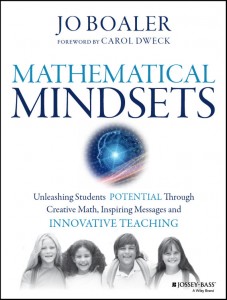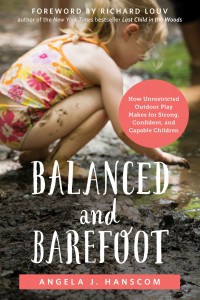Inference: A conclusion reached on the basis of evidence and reasoning. An important skill to have and to be able to utilize in a variety of situations. How do we help students develop this skill? Recently, a friend reached out and wondered if there was a unique or interesting way to help students both develop and effectively utilize this skill. While I know that there are a variety of different ways in which to develop this skill in students, I was really excited to share about something that I’ve done for a couple of years that actually got students excited about stretching their inference skills!.
Once a week, I would post the New York Times’ What’s Going On in This Picture? And sometimes if I didn’t there would be questions about why I had forgotten. Without fail, students would be excited to see if they could determine exactly what what going on based on the clues provided within the picture. After taking some time to examine the picture, I would ask students to independently answer the following questions:
- What’s going on in this picture?
- What do you see or notice that makes you say that?
- What more can you find?
- What connections can you make to your own experiences?
The reason for their independent answers first was that I wanted them to take some time on their own to process what might be happening in the picture and to draw their own conclusions. Usually this took about 15 minutes and students were ready to share and consider the perspectives of others. Once finished digging-in on their own, I asked them to form a group of 3 and to share the answers to their questions. While answering the questions, the other 2 students in the group would be critical friends and really push the speaker to tell them more about how they made the inferences. We used the following questions to push that thinking:
- How do you know that?
- Why do you think that?
- Tell me more about what you know about…
- What might have caused this?
- What might have happened before or after?
- Why might this matter and to whom?
- What message or story is this image telling? Why might it be important?
Thursday afternoons became a popular time for finding out the answer and determining the accuracy of the conclusions made. Students were eager to see how close they were to the actual description of what was happening and to understand what additional information may have been missing in order for them to get a more complete picture.
When writing this post, I stumbled upon the New York Times’ What’s Going On in This Graph? and got so excited about the implications of using something like this in Math. I noticed that on the site, they have their own questions to guide the discussion for students:
- What do you notice?
- What do you wonder? What are you curious about that comes from what you notice in the graph?
- What might be going on in this graph? Write a catchy headline that captures the graph’s main idea. If your headline makes a claim, tell us what you noticed that supports your claim.
I shared these sites with my friend and thought they might be of benefit to share with you. What are some of the ways in which you are working towards developing inference skills in students? Would love to hear about the innovative ways in which you might be engaging students on building real skills that are transferable and essential.
What do you think is going on in this picture?










